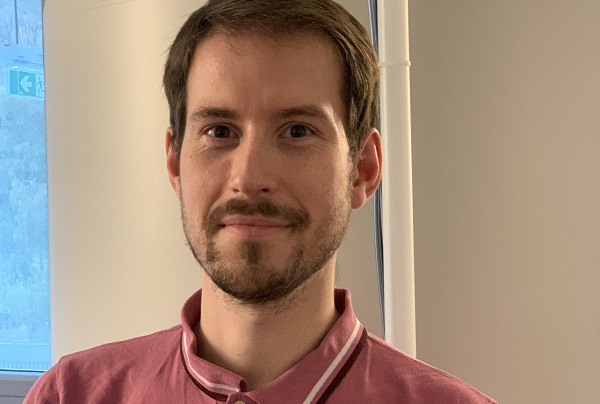A project at the Johannes Kepler University Linz looks at ways to correct the calcium balance.

Calcium is a vital element but too much can make you ill. A certain gene modification (mutation) disables the control system, causing human cells to absorb too much calcium. A project at the Johannes Kepler University Linz is looking at just how to correct the calcium balance.
As part of an international cooperation, four JKU institutes have published a paper about their research findings in the highly renowned journal "Nature Chemical Biology": "Interhelical Interactions within the STIM1 CC1 Domain Modulate CRAC Channel Activation". STIM1 is the key protein that regulates the balance of calcium in human cells, forming a control system designed to regulate the amount of ingested calcium. This is particularly important for the immune system’s T cells. An unbalanced amount of calcium can significantly impact the immune system.
JKU researchers have succeeded in using new methods to study STIM1 in more detail and break down its structure, making it possible to find new ways to correct the calcium balance. The findings make it possible to compensate for the effects of pathological gene mutation (Stormorken mutation) by targeting the exchange of amino acids in other areas of the STIM1 protein. During laboratory experiments, researchers were able to demonstrate this on isolated protein as well as in living cells, providing an important basis to plan the best type of treatment.
Led by Prof. Norbert Müller (JKU Institute of Organic Chemistry) and Prof. Christoph Romanin (JKU Institute of Biophysics), the research is being funded by the Austrian Science Fund Doctoral Program NanoCell and is based on a dissertation written by first author, Dr. Petr Rathner MSc.
This dissertation is one of the first to be written as part of the "Biological Chemistry" program (a joint degree program between the JKU and the University of South Bohemia). The successful research is contributed to Rathner’s research stay at the CERM research center in Italy (funded by the Austrian Science Fund and ERASMUS+), along with established biophysical methods at the JKU, such as nuclear magnetic resonance spectroscopy, molecular dynamics simulation, confocal FRET fluorescence microscopy, and patch-clamp electrophysiology.
This dissertation (Rathner et al., Nature Chemical Biology 2020; DOI 10.1038/s41589-020-00672-8) was also supported by Austrian Science Fund projects (P27263 and P32947) and the European Union’s INTERREG IV program (RU2-EU-124/100--2010).








